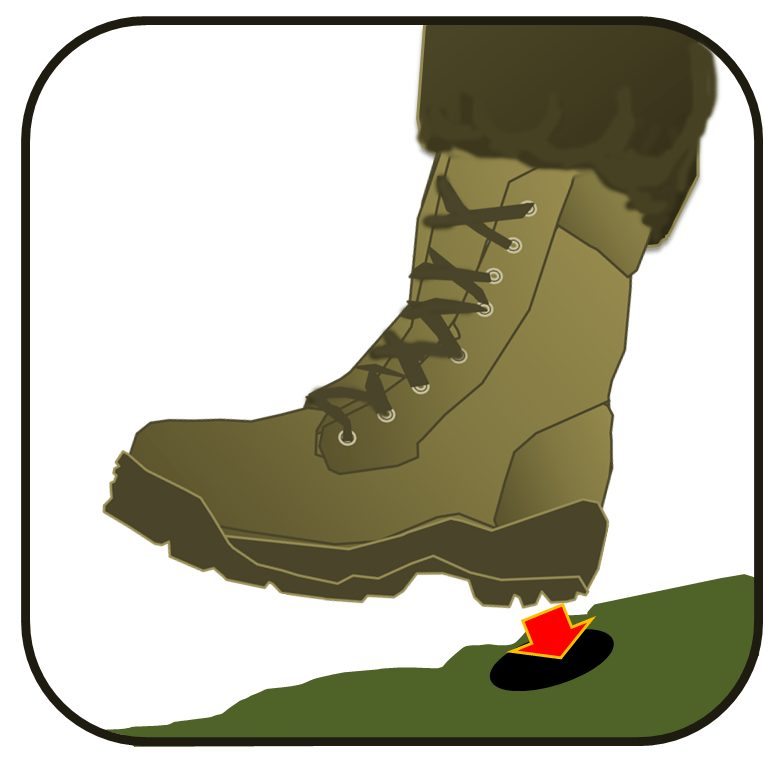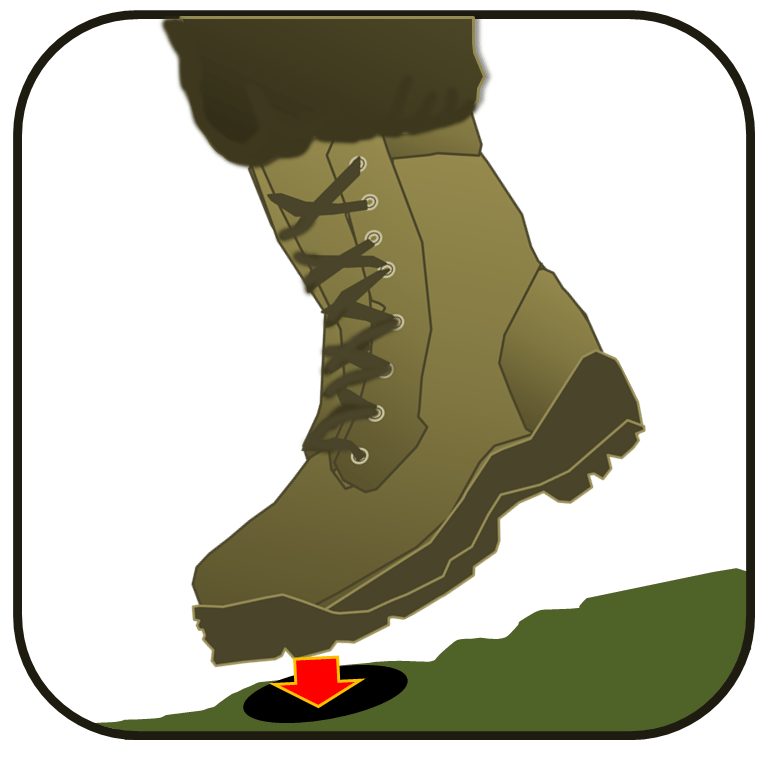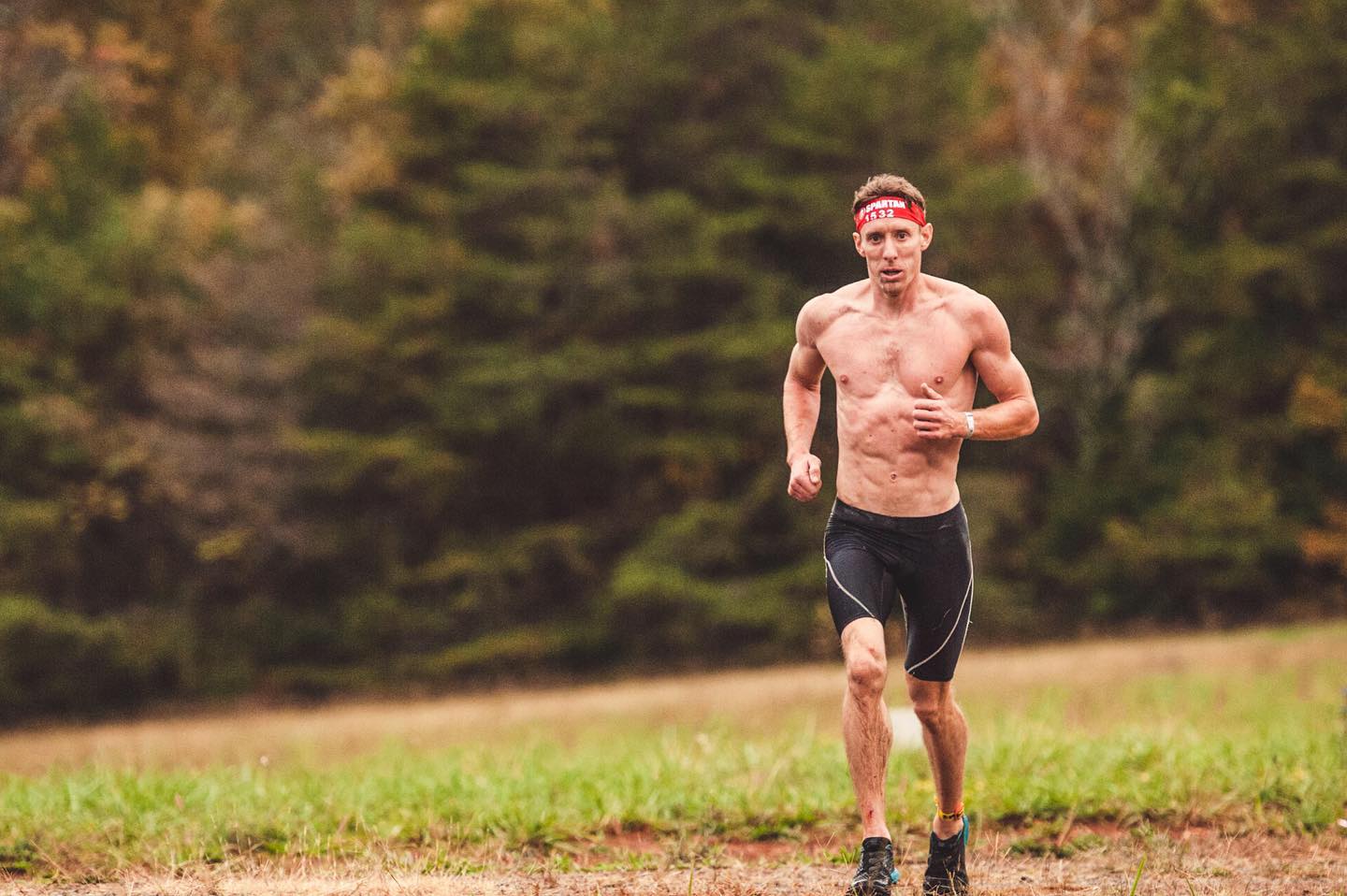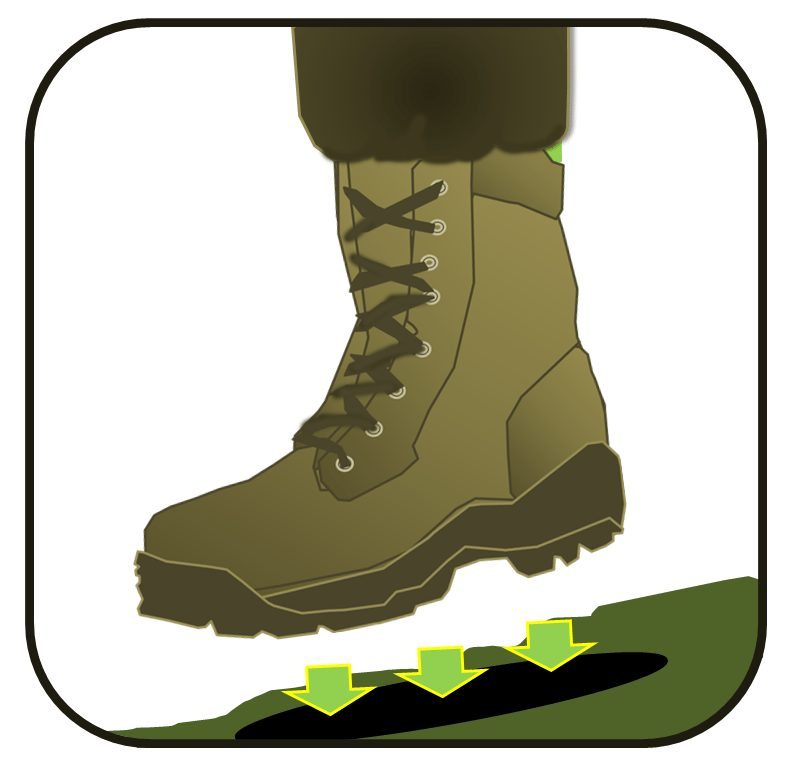Some of the fondest running memories I have in my mind were gained by putting hundreds of miles of dirt trails beneath my feet. I usually ran with Donald, my best-friend and running nemesis. Weekly, we bombed through the complex terrain features of the Santa Cruz Mountains, and made our way past tall Douglas fir and Redwood trees.
Some of those running moments came by way of sprinting around the switch-backs. We tried to outpace each other to the next hairpin turn while simultaneously attempting to outrun the setting sun.
We dropped from the summit and plummeted like birds from the sky to spin down the undulating roads. The speed, the darkness and the perceptible danger made us push harder. We knew full well there was going to be an insufficient supply of light but neither of us wanted to brake our hurtling descent.
Back before good commercial headlamps were made for running, one option for a traveler was to use a flashlight. Most were too big and unwieldy. The best approach for us to beat the setting sun was to use speed. We achieved this using gravity, well-placed footfalls, good leg rotations, and a good knowledge of the roads. Many years of running those California foothills helped build much of our strength and coordination.

Running downhill puts stress on your ankles, hips, calves, glutes, hamstrings and lower back. Having a good strengthening program to build your muscles will allow you to become speedier and more coordinated. Boots are going to give you a lot better ankle support than shoes, but be careful, because you still need to build up coordination and strength before you going tearing down hills.
Building up your lower half isn’t just good for running; it’s good for those interested in ‘rucking’. You’ll be able to carry heavier loads at a higher speed, across varying grades of terrain. There is also the survival factor involved. Having to run over long distances, while being pursued or pursuing someone, can be done easier with a stronger body.
I have seen hundreds of people with aches and pains or serious injuries caused by having week stability in their ankles. They over-exert themselves on terrain they are not fully ready for. Hiking once a week is a good way to build up your pain threshold and to strengthen your ankle girdle.
Now, back to running downhill. There is a tendency to use braking when descending because of fear. Your mind knows your body isn’t able to handle the stress put upon it. Undeveloped leg muscles, over-striding and bad placement of the feet, can mean a greater incidence of twisted ankles and stress on your knees. Having good coordination and strength means you can travel faster and handle more technical terrain.

Practice: Practice on small hills first before you tackle a steeper hill. Your descent will be harder to control on a steeper hill. Build your strength and coordination first. Try to put a hill workout at least once a week into your training program.
View: Look to see where you’re going. Looking 10-15 feet ahead allows you to see what you’ll encounter. Debris, tree roots above the ground, and stones are some things you will have to avoid. On roads that are less challenging, look further ahead.
Posture: Lean slightly forward rather than leaning back. Leaning backward slows you down. Instead, use gravity to help you go forward but don’t over-stride. Over-striding will tax your hips and feet. Take shorter steps until your legs, hips and ankles are accustomed to the stress. Commit to the downhill. You will acquire confidence.
Foot Placement: Plant your feet under your center of mass and land on your mid-foot. Don’t land on your forefoot or heel because this will cause you to be unstable. Instead, land on the whole of your foot. As you get stronger and more coordinated, you will be able to increase your speed. You’ll be better able to handle more technical terrain such as paths covered in scree and debris.
Stride: Again, don’t over-stride because it will cause you to brake but it will also add stress on your knees. Rather, lift your knees up and down. As your legs get stronger from the pounding you can increase the length of your stride and increase your rotations.
Program: Plyometric exercises such as box jump drills will help develop your whole lower girdle. A good, strong core is what you want to build up as well. Strong connective tissue and developed muscles in your back and stomach helps dramatically.
Speed drills and deceleration drills will boost your ability to handle descents. Hill repeats done at least once a week will help you develop too. Also try doing lunges with light dumbbells.
As you get stronger and faster, you will be able to enjoy yourself on more challenging terrain and surfaces. Running downhill over sand dunes, snow, mud and scree are some surfaces that are fun and tricky to travel over. Get out there and get some!
All images by Spotterup. Cover image of Jordan McDougal


